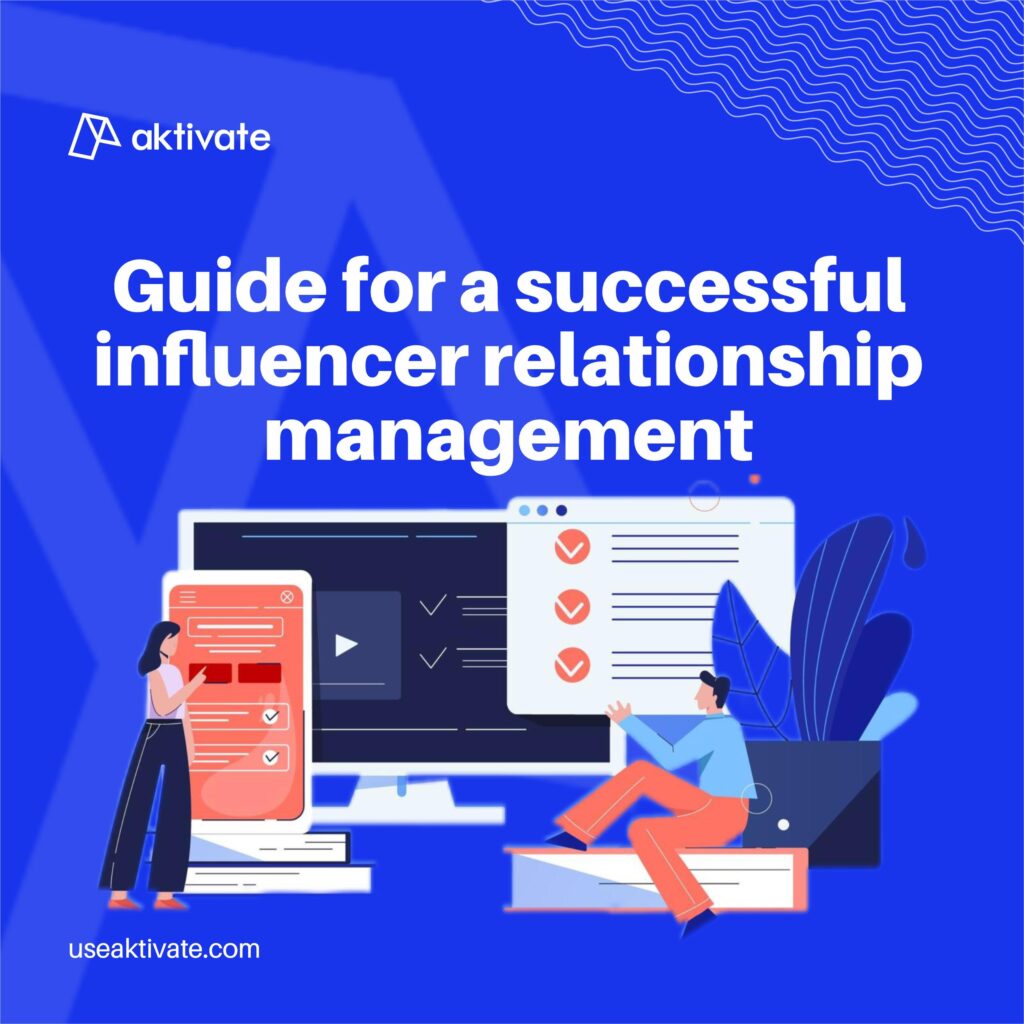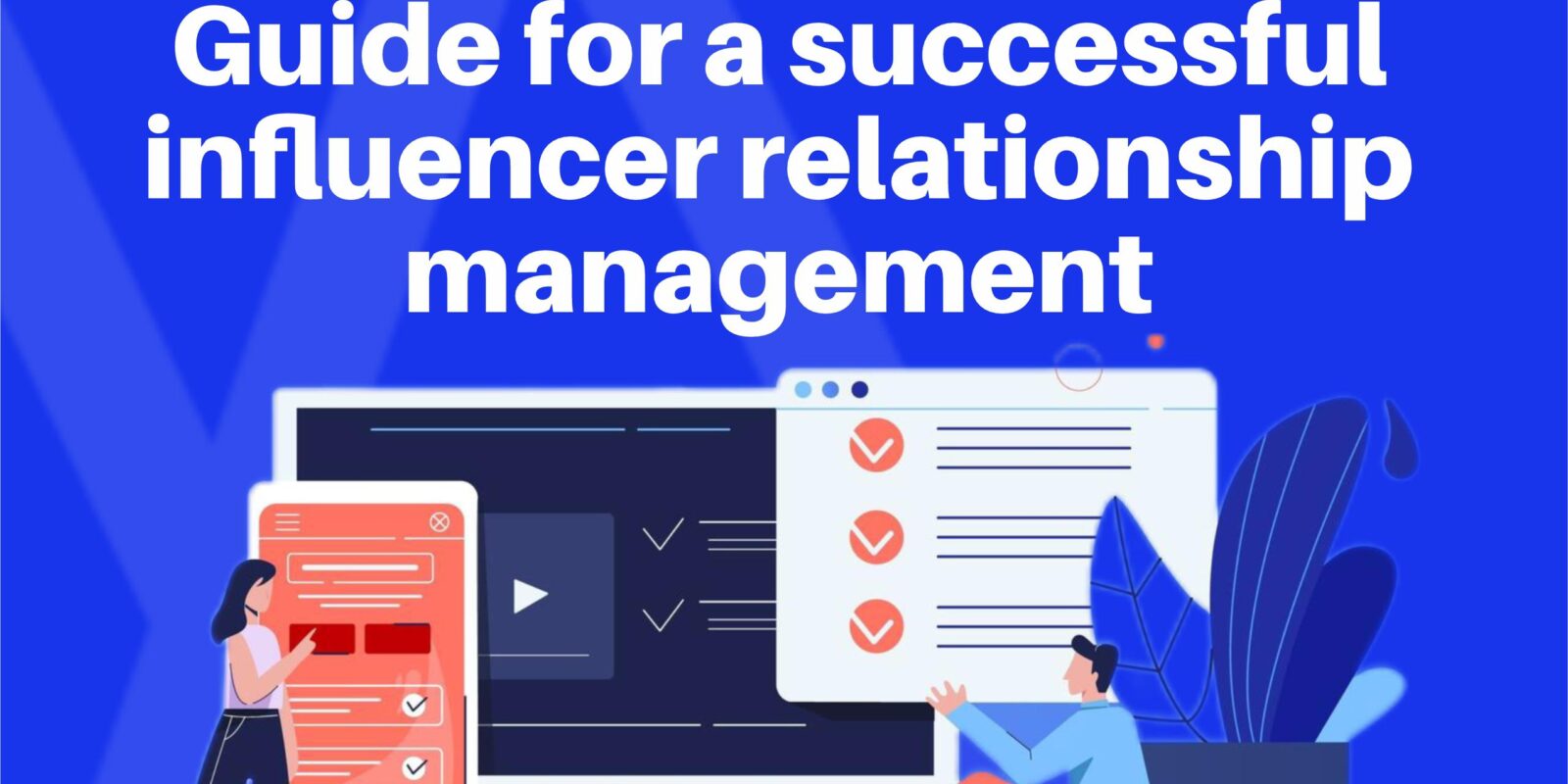At the core of influencer marketing is the continuous process of relationship management. Influencers have to put in strategic and focused efforts to develop a strong relationship with their audience. Maintaining a good relationship with their audience consequently reflects in the quality of their engagement and performance. As a brand interested in leveraging this relationship for its benefit, building a cordial connection with the influencers is a step in the right direction.

What is Influencer Relationship Management
Influencer relationship management is a crucial, long-term approach to ensuring a mutually beneficial partnership. It also extends beyond mere transactions to building trust, ensuring open lines of communication and developing genuine connections. By fostering strong relationships with influencers, brands cultivate loyal advocates who keep them top-of-mind with the target audience. Additionally, this allows for influencers to comfortably share audience feedback, helping the brand stay aligned with consumer’s needs.
Here’s a comprehensive guide to help you navigate a successful influencer relationship management:
Guide for Managing Influencer Relationships
- Understand the Influencer Landscape: This is the first step to a successful relationship with influencers. By understanding the influencer landscape, you understand the need to find influencers who best align with your brand’s values and campaign goals. You also look beyond follower counts to ensure high engagement and interaction rates. This helps to guide your expectations from the influencers and achieve the best results for the current and future campaigns.
- Establish Clear & Measurable Goals: Communicate your campaign goals to the influencers without any ambiguity. Your campaign could be targeted at creating awareness, lead generation or sales conversion. The campaign goals should align with the influencers content style and be tracked using key performance indicators (KPIs). There should also be clear expectations regarding timeline for delivery and compensation, all of which will help optimize future partnerships.
- Ensuring Creative Collaboration: There’s no need to micromanage influencers especially if you reached out to them for their content style. Once you’ve established your campaign goals, you should allow influencers the creative freedom they need. This creates an easygoing environment for the influencers and ensures authenticity in the contents they put out. When influencers feel valued for their creative input, they’re more open to long-term collaborations.
- Providing Support & Feedback: Making certain tools and insights readily available for the influencers to work with is a good sign that the brand is invested in their success. Also, to ensure optimal results, it’s best to provide feedback through open communication with the influencers.This constructive feedback helps achieve the best result without down-playing their efforts. It is important to remember that it is a collaboration and both parties stand to gain a lot from a lasting partnership.
- Leverage an Influencer Marketing Platform: Managing multiple influencers becomes easier with centralized platforms like Aktivate. The platform manages all aspects of influencer campaigns from initial outreach to final reporting. By providing data driven reports, the platform helps influencer and brands tailor their campaign efforts and strategize. Additionally, with in-built tools for effective communication, it becomes easier to manage long lasting influencer relationships.
In conclusion, cultivating strong influencer relationships helps achieve successful campaign outcomes. By investing in this guide and prioritizing genuine connections, brands can harness the full potential of influencer marketing campaigns. Influencers can thrive in the positive and collaborative environment fostered by good relationship management.


